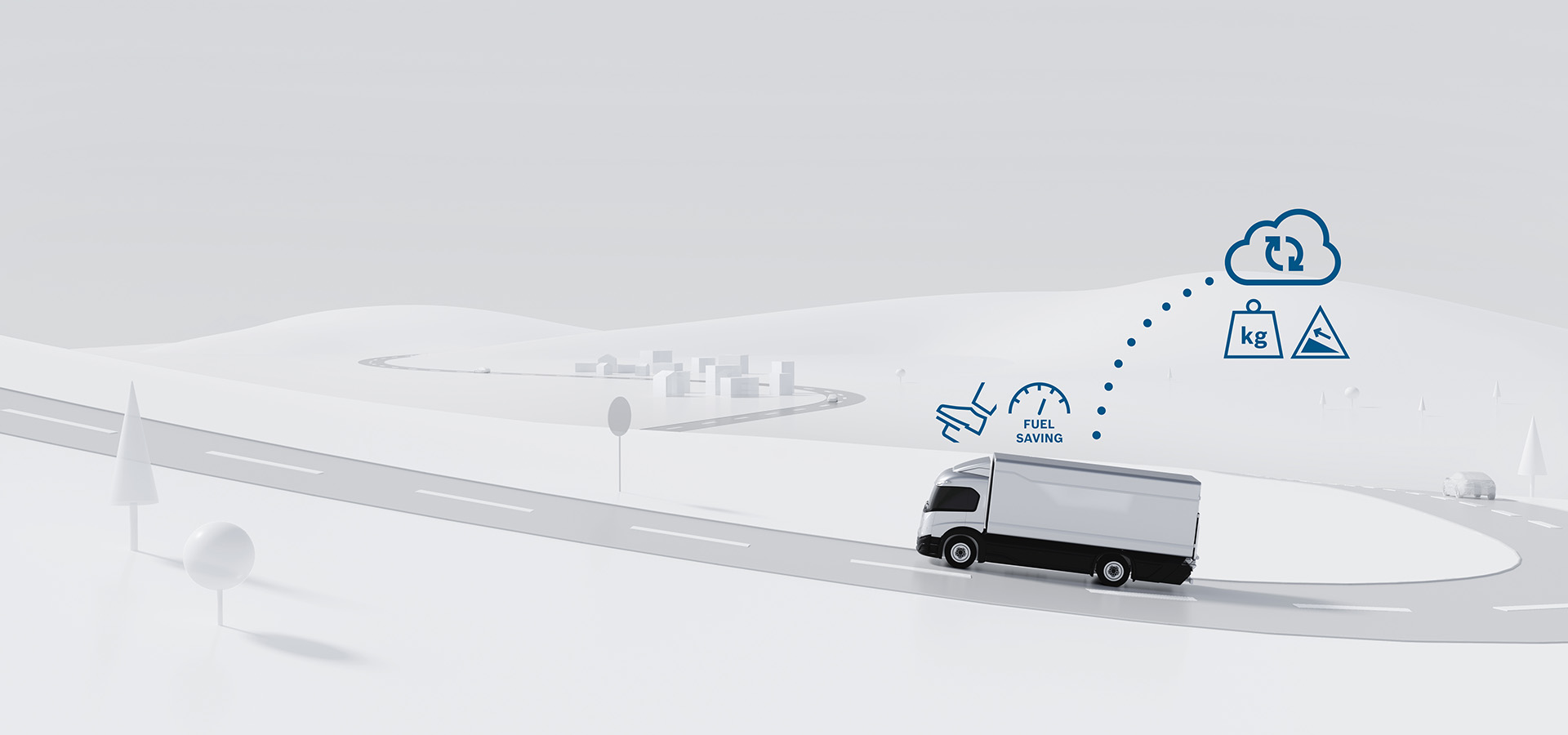Fraunhofer IESE provided support with its experience in safety analyses in accordance with ISO 26262. In consultation with the Bosch engineering team, the IESE experts analyzed the existing safety concept. The analyses took into account the specific system architecture of the retrofit solution.
First, the system was examined, and a hazard and risk analysis was carried out. The latter determines which safety goals must be met for speed control systems. Based on this, a Component Fault Tree (CFT) analysis was performed, which indicates which faults of a component might contribute to a safety goal violation. Furthermore, safety mechanisms were identified that prevent safety goal violations. The determination of system requirements means that a safety goal violation is only possible in the event of extremely unlikely double or multiple faults. In addition to the fault tree analysis with CFTs, the Failure Mode Effect Analysis (FMEA) looks at how faults in the Retrofit Efficiency Module solution affect the vehicle. It must be ensured that the speed control system provides appropriate safety mechanisms to prevent safety goal violations. Moreover, the Retrofit Efficiency Module interfaces must not lead to other unintentional impairments of the vehicle.
The results were examined together with the Bosch engineering team so that they can be taken into account in the further development of the retrofit solution.

